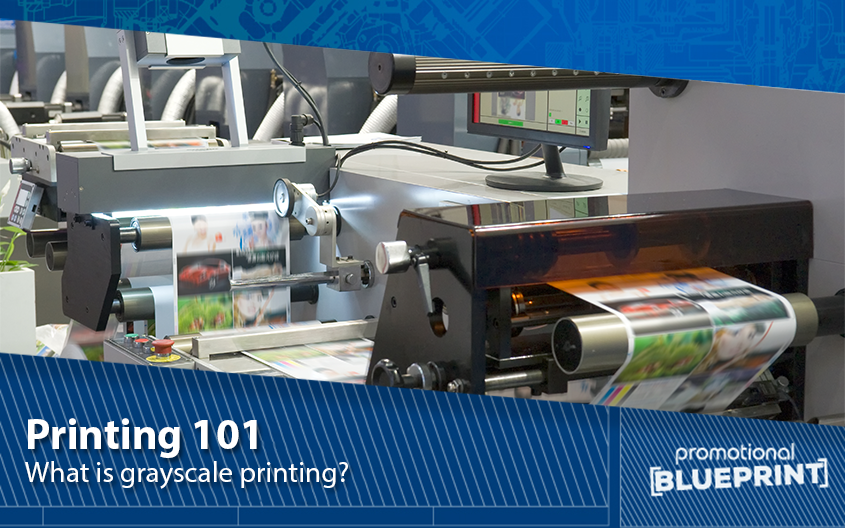
Homeowners who have a printer usually have a few options to choose from when they want to print a photograph. Obviously, if they happen to own a colour printer, they will choose the colour option. Some artistically-minded people might opt for sepia tones, since they give off that vintage worn-out feel. And if they want to save money or simply print out a bit of text, they will choose to print in black and white.
And then there’s the option known as grayscale. A lot of people don’t really know why this option exists and they usually lump it together with black-and-white printing or even sepia printing. But though there are some overlaps between these three options, grayscale printing is definitely its own method, separate from the other two. In this article, we will explain what grayscale printing is and what people tend to use it for.
Defining Grayscale Printing
The very term ‘grayscale’ is a bit of a giveaway, but let’s delve into it anyway. Namely, grayscale printing refers to a type of print where we want our final product to contain no colour. Instead, it will contain multiple different shades of gray. More often than not, that number of shades will be no bigger than 256.
When it’s covering a grayscale project, the printer only uses the black toner and the white background of the paper. Based on the amount of black used, we can get different shades of gray. It’s all measured in percentages. For instance, a photo that has 0% black ink will be completely white, and one with 100% of ink will be completely black. The range between 0% and 100% is effectively the range of all the grays that our photo may contain.
There’s a major reason behind people opting to print stuff in grayscale. After all, not only is it aesthetically pleasing, but it saves money on print and toner costs. To put it simply, the less actual ink we spend on a printed project, the less money we’ll spend refilling or replacing the toners.
A lot of people tend to call grayscale printing ‘black-and-white printing’, which is not accurate. With a black-and-white printed photo, we don’t get a wide range of gray. In fact, we don’t get any gray at all. The only two colours on that photo are black and white, hence the name. The same goes for sepia. It might only contain a single shade of one colour other than black and white, but that doesn’t make the process the same as black-and-white printing.
Types of Print Projects that Use Grayscale Printing
There are plenty of different projects that make good use of grayscale printing. Here are just a few prominent examples:
- Simple documents such as workplace instructions
- Product manuals
- Assembly guides
- Corporate logos on envelopes and other basic documents
- Certain artistic print projects, like photography art books and monographs.
Broadly speaking, we won’t see grayscale used in any printed piece that has a promotional purpose. That’s because colour generally attracts more attention than a lack of it. Sure, there could be some aesthetic choices in printed promo material that might require grayscale. However, we will generally always want to default to colour promo print rather than grayscale. And yes, the same applies to sepia and black-and-white printing.
Related content:
Printing Guides
Opting for Grayscale Printing
Though it might not be as versatile or attractive as full-colour printing, grayscale printing still has a major place in business and entrepreneurship. Therefore, we highly recommend researching the best ways of applying grayscale to any future business-related projects.
You may also like:
What’s the Difference Between PMS Spot Colours and Process CMYK Colours?
If you have any more questions about grayscale printing, you can contact GoPromotional. You may also check out our catalogue of bestselling promo items and have a talk with our staff if you want to incorporate grayscale printing into your promotional strategy.
You may call us at 0800 0148 970 or simply email us today. We have been in the business for years and know the ins and outs of the industry better than anyone. Give us a call, and let’s talk about all things printing!






